Japanese reporter: Tibet is different from what I imagined
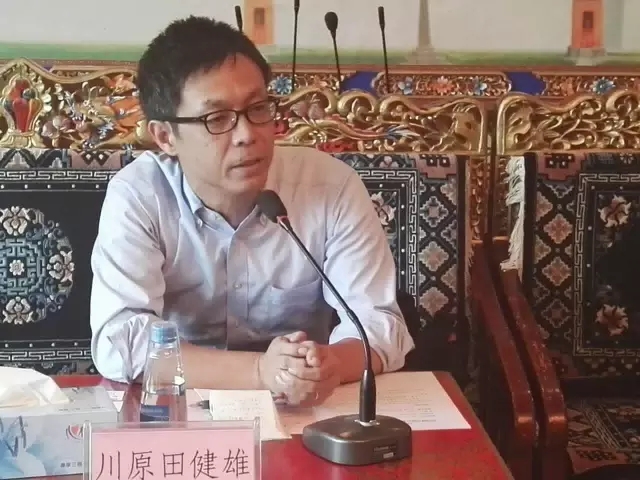
"The only thing we know about Tibet is from the Japanese media, where the reports are always about the income differences between the Han and the Tibetan residents, ethnic conflict and crises. We rarely see anything about the economic and social development in Tibet and ethnic unity. Our visit has shown us the real life improvement in the Tibetans’ standard of living, education, and modern infrastructure. This trip will help with our future reporting," said by Takeo Harada, Director of the Japanese Media Delegation, after he finished his visit in China.
No Income Differences among Different Ethnic Groups
"You can find authentic Sichuan cuisine in Tibet and specialty products from all over China. The truck drivers could be Han, and the owner of the trucking company is Tibetan, or the restaurant owner is Tibetan and the waiters are Han.” Said Akira Morita, a reporter from the Japanese TV station TBS. As interactions between the Han and the Tibetan residents deepened, the inter-dependency among everyone is also more apparent.
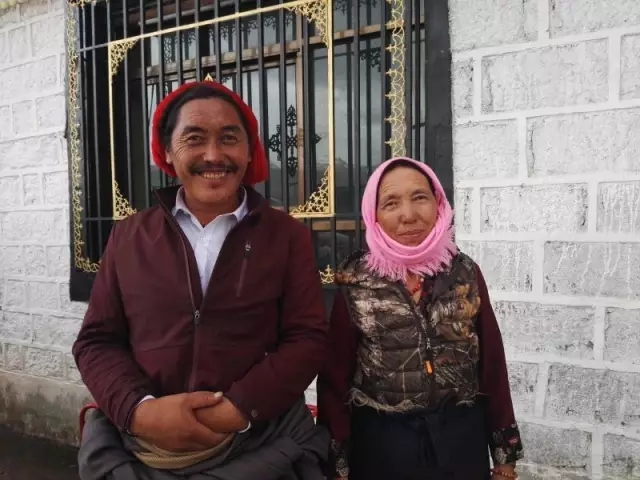
Ethnic Tibetan resident Balu (left)
The Japanese media delegation visited the home of Balu and Rinchen Wangmo, Tibetan residents of Qucai Village in Ningzhong County of Damxung in Lhasa. They wanted to see how they lived, learn about their life, discuss the inheritance of Tibetan and Han culture, and ethnic harmony, etc. The Japanese journalists marveled at the novelty of the on-site visit. They said it was normal to have income differences in any country, and there were no differences caused by ethnicity in Tibet.
Strong Support by the Chinese Government
Yoshihiko Tanitoshi, a journalist from Japan’s Tokushima News, has had a deep impression of Tibet ever since a trip to Tibet during his study-abroad days. Early in the morning, he grabbed his camera and tripod and left to capture the dawn. The sunrise in Lhasa is amazingly stunning. He said the first time he photographed the sunrise, one shot could get the entire city of Lhasa, now that the city has developed so much, it would be very difficult to get an overview in one shot.
The changes in Tibet went beyond the development of the city, as the Qinghai-Tibet Railway launched and the airport accelerated its construction, transportation conditions in Tibet have had enormous improvements, boosting the adjustment and upgrade of many industries’ structural reform, reduction of poverty, building of new housing, employment, social security, and many other connected developments. The changes have impressed the Japanese journalists. Takeo Harada, the director of the delegation, said these changes were possible because of China’s policies. The multi-dimensional and comprehensive development of Tibet is the best showcase for the region.
When the Japanese journalists visited the Kangba Satellite TV of Sichuan and learned that it covers the provinces of Tibet, Qinghai, Sichuan, Gansu, and Yunnan, as well as Nepal, India and other Asia-Pacific regions, Hori Kanagawa, a reporter from Jiji Press said, the fact that Tibetans could enjoy radio and TV programs they could understand is thanks to the continued preferential policies and investment by the Chinese government.
VP Yeshe Phuntsok (1st on left) gives the Japanese media delegation a tour of the Kangba Satellite TV of Sichuan.
Hope for More Exchanges with the Media in Tibet
During the visit, the delegation also attended a forum with many media outlets in Tibet, including Tibet Daily.

The delegation visiting the offices of Tibet Daily.
The delegation also watched the Tibetan version of the Japanese cartoon, Ikkyu San. When they heard the show’s ratings are almost 100% in Tibet and shown every year, they said it was necessary to grow the space of cultural collaboration between the two countries in order to deepen the media exchange.

The delegation visiting the offices of Kangba Satellite TV of Sichuan
Recently, at the invitation of the Chinese Journalists Association, a six-member Japanese media delegation, as led by Director Kawahara of Nishinippon Shimbun’s Editorial Department, visited China. The tour is focused on the economic and social development of Tibet. The delegation visited the offices of the Chinese Journalists Association, China Minzu Daily, China Tibetology Research Center, Tibet Daily, Qucai Village of Ningzhong County in Damxung, Lhasa, the Tibetan channel of the Tibet TV Station, Sichuan Daily, Kangba Satellite TV of Sichuan, and other places in Beijing, Lhasa, and Chengdu.
Your Comment
Name E-mailRelated News
-
;
-
-
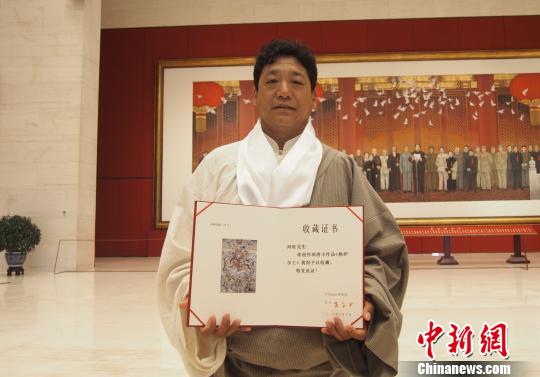
-
Tibetan artists' works shown at the National Museum
On October 10th, the bi-annual “China Contemporary Industrial Arts Show” was held in Beijing at the National Museum of China. Art work from over 20 artists, including the Thangka artist Ngawang, were collected by the museum.
-
-
-
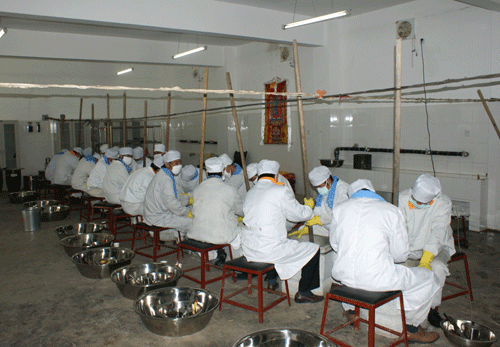
-
Master-apprentice relationship helps Tibetan medicines stay unique
It is a well known fact that mercury is poisonous, but Tibetan doctors have invented a way to process the liquid to use it as a medical treatment.
-
-
-
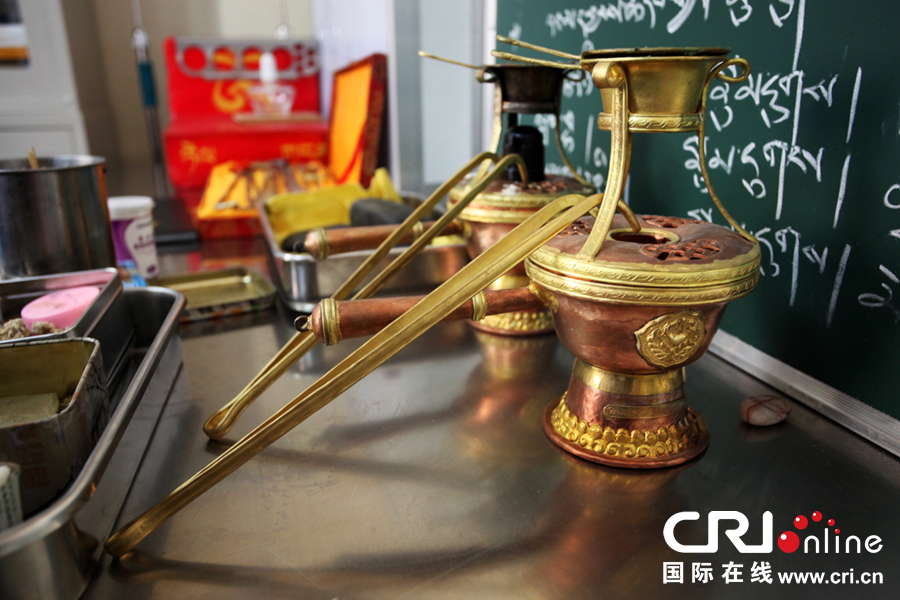
-
Tibetan medicine’s adventure along the Silk Road(I)
To understand what a “vast world” is, one must first set foot on the Qinghai-Tibet Plateau.
-
Based in Lhasa, Tibet Vista is a Tibet travel agency that specialized in Tibet permit, and Tibet tours for both private and group travelers at a local price!
•4 Days Lhasa City Group Tour from USD 460 •8 Days Everest Base Camp Group Tour from USD 850 •15 Days Mt.Kailash Group Tour from USD 1780 •2016 Tibet Train Tours from Beijing, Shanghai, Chengdu, Xining,etc










